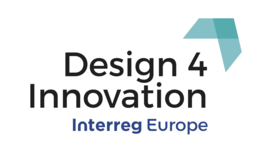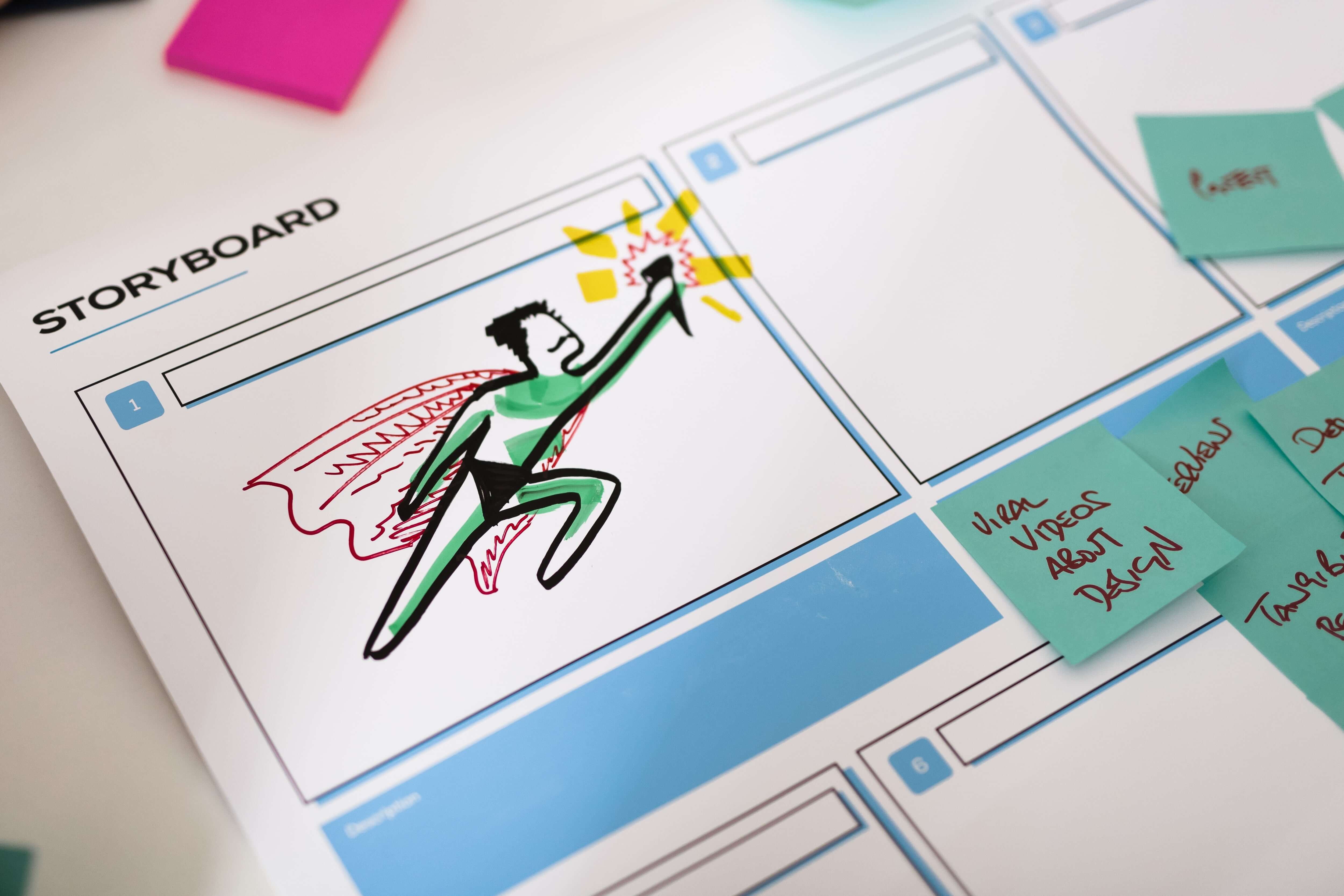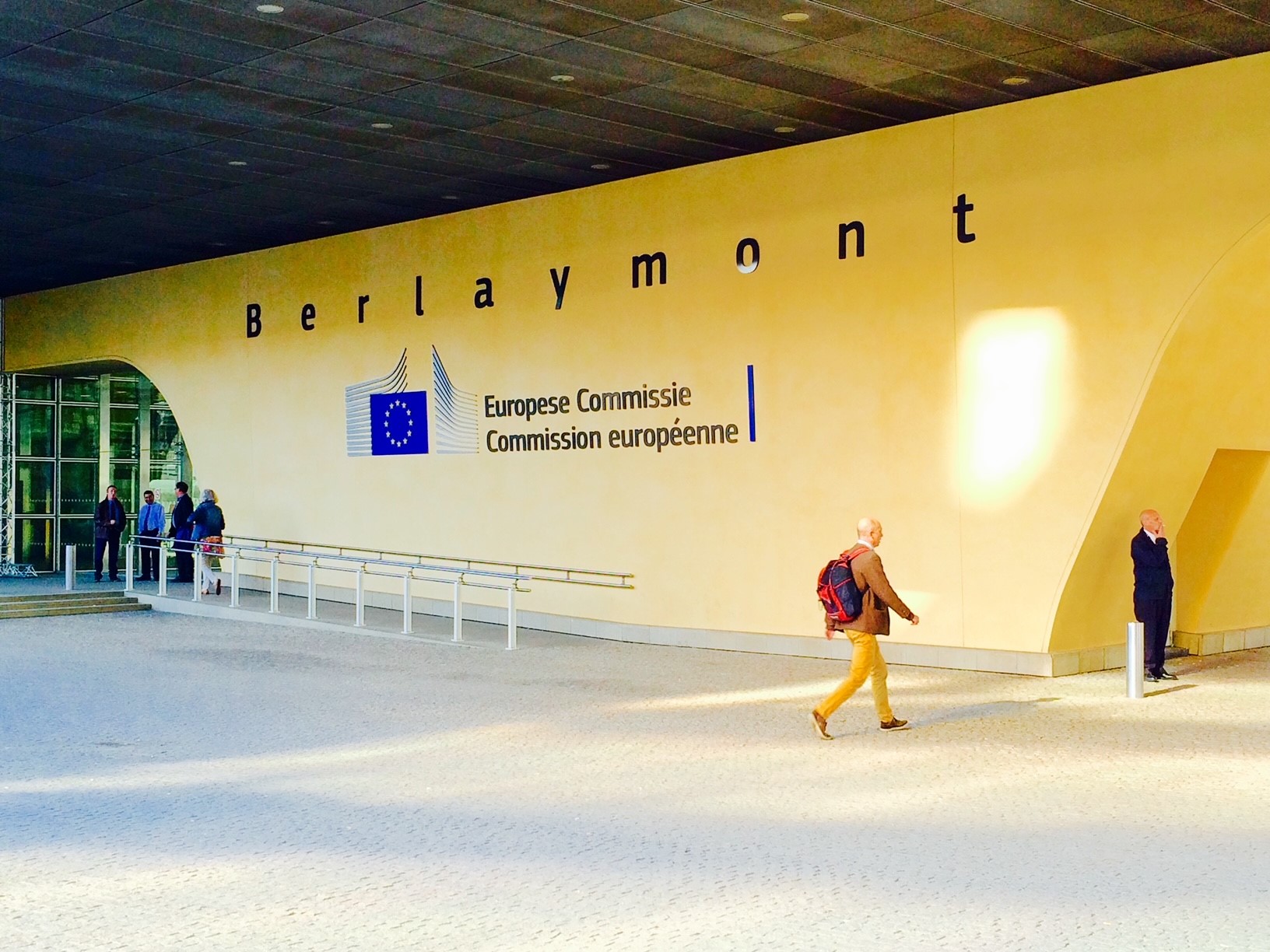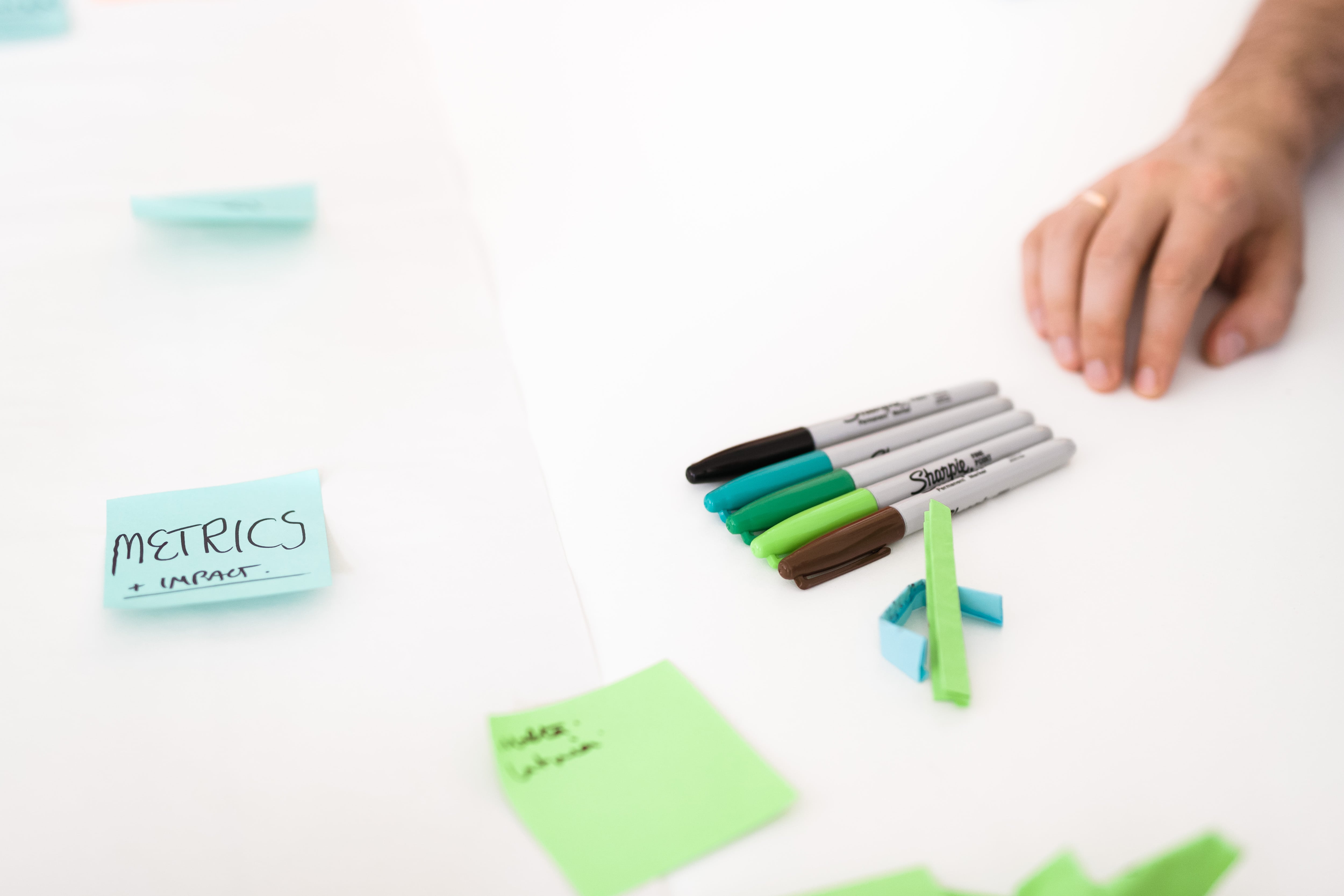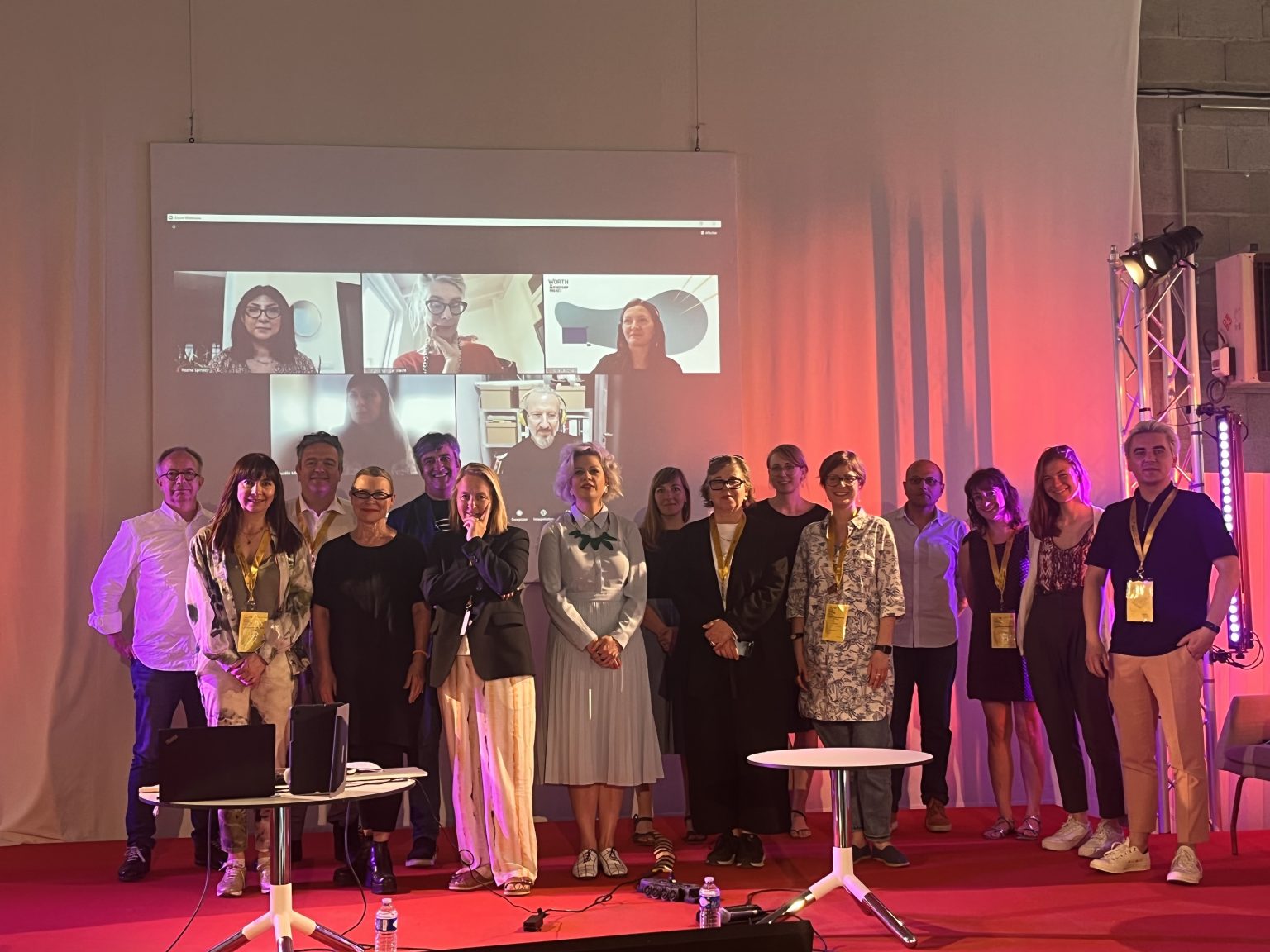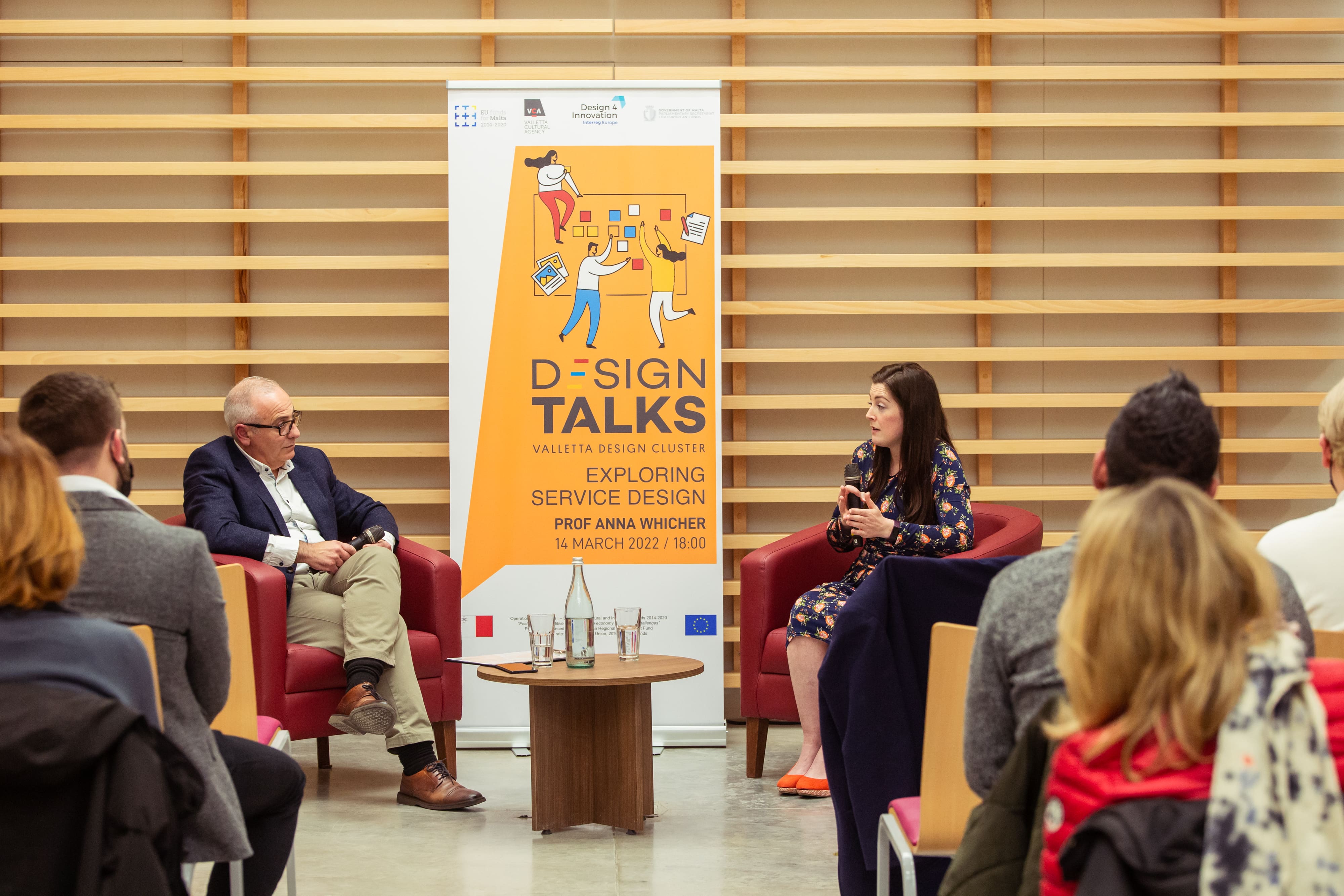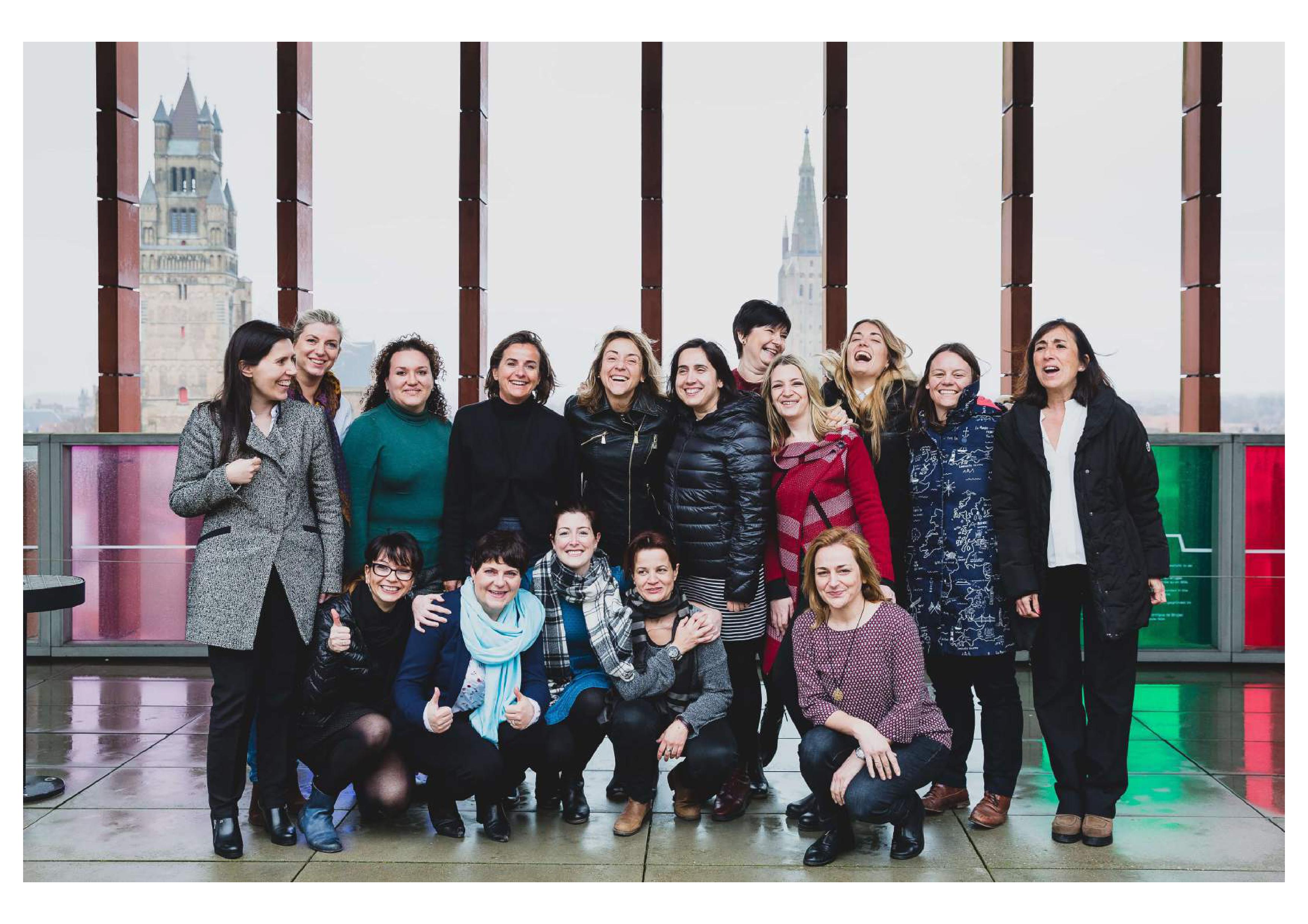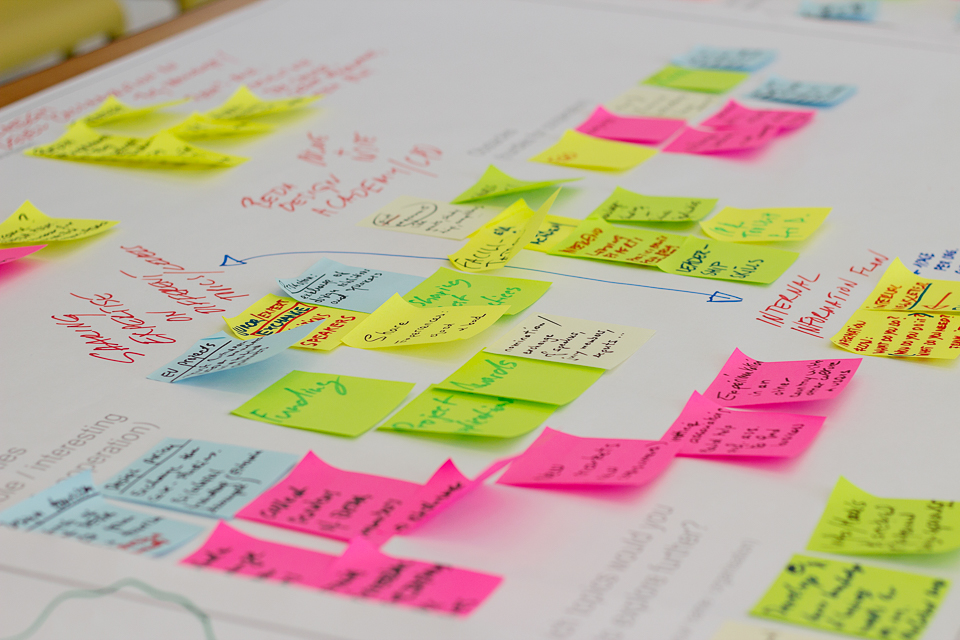Last year the Design Council announced a launch of the next edition of their 'Design Economy' study. For the first time ever, it investigates the social and environmental worth of design as well as its vital role in fostering economic development across the nation, building on the previous editions of the study from 2015 and 2018. While the research is ongoing we have seen the first results published this summer in the People, Places and Economic Value Report. The study has found, among others, that:
- In 2019 the design economy contributed £97.4bn in GVA to the UK economy, 4.9% of total UK GVA. This almost matches the value of the hospitality and real-estate sectors combined. It grew at twice the rate of the UK economy between 2010 and 2019.
- The design economy is a major employer. In 2020 there were 1.97 million people working in the design economy – or one in twenty workers in the UK. Of these, 1.62 million were designers.
- Design is also growing in importance across the economy: 77% of designers work in non-design sectors such as finance, retail and construction.
- Design skills include abilities such as creative problem-solving, visualisation and the use of design methods. They are important skills in jobs ranging from civil engineering to electronics manufacturing, many of which are vital as we transition to a more equitable and sustainable economy.
- In 2019, design skills contributed an additional £179bn in GVA to the UK economy and were important to a further 2.5 million jobs beyond the design economy. When we add the contribution of design skills to the value of the design economy, design is worth £276bn (14% UK GVA) and supports 4.47 million jobs (one in every seven UK jobs).
- The design economy is still disproportionately male: 77% of designers identified as male in 2020, with hardly any change since 2015. Designers who are female, from an ethnic minority (excluding white minorities) or have a disability are also under-represented at senior and managerial levels.
All the data can be found in the full report. The study employed a broad definition of design and data from the Office of National Statistics and research was undertaken by BOP Consulting and the Enterprise Research Centre. It builds on the Design Value Framework developed by University of Arts London Social Design Institute, BOP Consulting and the Design Council.
The next stage of the research will look into will examine how design is used in industry, government, and communities, as well as its broader social and environmental benefits. A policy briefing paper outlining the policy and industry-led action required to maximise the value of design to the UK, is expected in the fall of 2022. Stay tuned!
